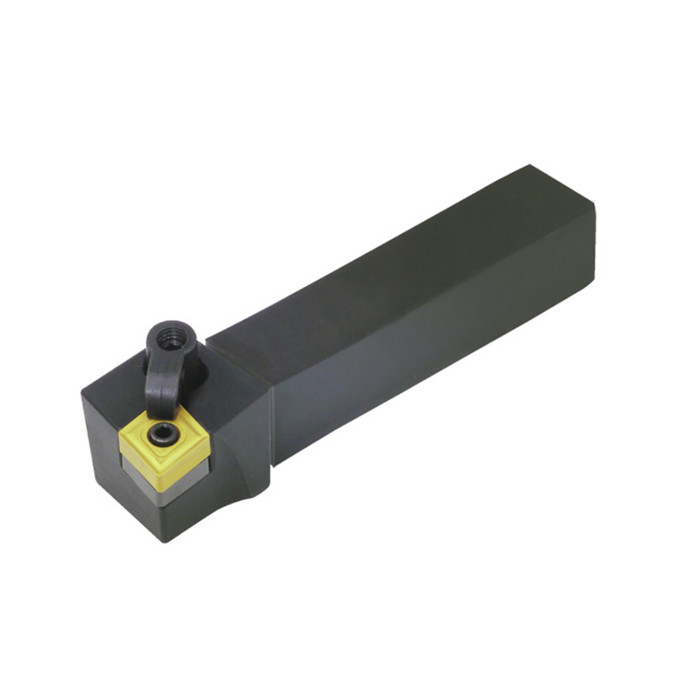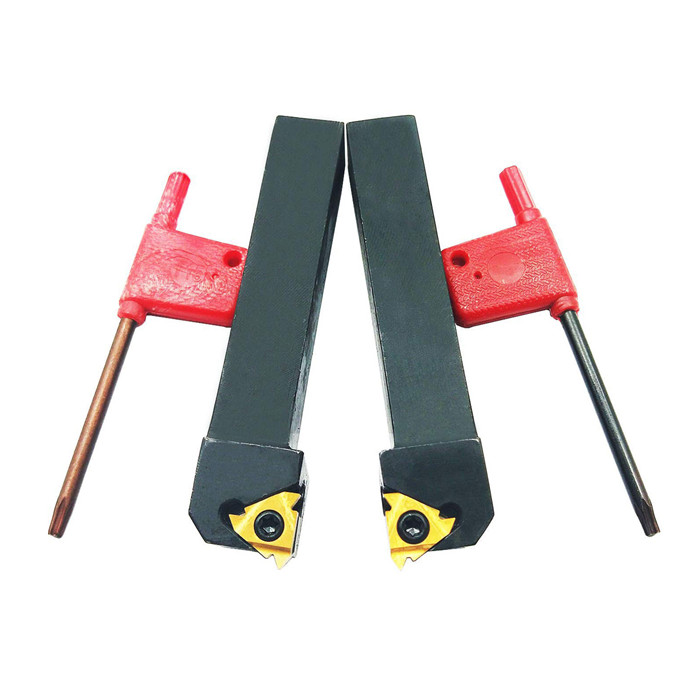Wholesale feeler gauge
Looking to buy wholesale feeler gauge sets? This guide covers everything you need to know, from understanding different types and materials to finding reliable suppliers and making informed purchasing decisions. We'll explore the uses of feeler gauges, key features to consider, and provide practical tips for choosing the right gauges for your specific needs. Ultimately, this knowledge will help you secure the best value and performance for your investment.
Understanding Feeler Gauges
A feeler gauge, also known as a thickness gauge, is a precision measuring tool used to determine the gap size between two parts. It consists of a series of thin metal blades of varying thicknesses, each marked with its thickness measurement. These measurements are typically indicated in both inches and millimeters.
Common Applications of Feeler Gauges
Feeler gauges are indispensable in various industries:
- Automotive: Adjusting valve lash, checking piston ring end gap, setting spark plug gap.
- Mechanical Engineering: Measuring clearances between machine parts, verifying tolerances during assembly.
- Manufacturing: Ensuring proper alignment and spacing in jigs and fixtures.
- Aerospace: Maintaining tight tolerances in aircraft engine components and structures.
- Musical Instruments: Setting action (string height) on guitars and other stringed instruments.
Types of Feeler Gauges Available Wholesale
When sourcing wholesale feeler gauge sets, it's important to understand the different types available. The primary distinction lies in the blade configuration and housing.
Straight Feeler Gauges
Straight feeler gauges are the most common type. They feature blades that are straight and uniform in width. They are suitable for general-purpose gap measurement.
Tapered Feeler Gauges
Tapered feeler gauges have blades that narrow to a point. This design allows them to be inserted into very small or irregular gaps. They are particularly useful in automotive applications for checking valve lash.
Bent Feeler Gauges (Go-No Go Gauges)
Bent feeler gauges have blades that are bent at a specific angle. They are designed for checking specific clearance tolerances. A 'go-no go' gauge will have two blades, one that should fit into the gap and one that shouldn't, thus verifying the gap is within a set tolerance range.
Wire Feeler Gauges
Wire feeler gauges, unlike traditional blade gauges, utilize calibrated wires of varying diameters to measure gaps. These are particularly useful in situations where a standard blade gauge might be difficult to insert, such as measuring the spark plug gap in an engine.
Materials Used in Feeler Gauges
The material of the feeler gauge blades influences its durability, accuracy, and resistance to corrosion.
Steel Feeler Gauges
Steel feeler gauges are the most common and cost-effective option. High-quality steel gauges are hardened and tempered for increased durability and resistance to wear. Look for those made from spring steel.
Stainless Steel Feeler Gauges
Stainless steel feeler gauges offer superior corrosion resistance. They are ideal for applications where exposure to moisture or corrosive environments is a concern.
Brass Feeler Gauges
Brass feeler gauges are non-marring, making them suitable for use on delicate surfaces where scratching is a concern. They're often softer than steel or stainless steel.
Key Features to Consider When Buying Wholesale
When selecting wholesale feeler gauge sets, consider the following features:
- Measurement Range: Ensure the set includes the range of thicknesses needed for your intended applications.
- Accuracy: Look for gauges with clearly marked and accurate measurements. Check for markings done by laser etching.
- Blade Material: Choose a material that is appropriate for the working environment.
- Blade Finish: A smooth blade finish reduces friction and improves accuracy.
- Number of Blades: The set should have enough blades for the task.
- Case/Holder: A sturdy case or holder protects the blades and keeps them organized.
Finding Reliable Wholesale Suppliers
Sourcing from reputable suppliers is crucial for obtaining high-quality feeler gauge sets at competitive prices.
Online Marketplaces
Platforms like Alibaba and Global Sources offer a wide selection of wholesale feeler gauge suppliers. Carefully vet suppliers by checking their ratings, reviews, and certifications.
Direct Manufacturers
Working directly with manufacturers, such as Wayleading Tools, can offer the most competitive pricing and customization options. Ensure the manufacturer has a proven track record of producing high-quality gauges.
Industrial Supply Distributors
Industrial supply distributors often carry a range of feeler gauge sets from various manufacturers. They can provide technical support and product recommendations.
Factors Affecting Wholesale Prices
Several factors influence the wholesale price of feeler gauges:
- Material: Stainless steel and brass gauges typically cost more than steel gauges.
- Manufacturing Process: Precision manufacturing processes increase production costs.
- Quantity: Larger order quantities generally result in lower per-unit prices.
- Supplier Location: Shipping costs and import duties can affect the overall price.
- Brand Reputation: Established brands often command higher prices.
Maintaining Your Feeler Gauges
Proper maintenance extends the life and accuracy of your feeler gauge sets.
- Cleaning: Wipe the blades clean after each use to remove dirt, oil, and debris.
- Storage: Store the gauges in their case or holder to protect them from damage.
- Rust Prevention: Apply a light coat of oil to the blades to prevent rust, especially when storing for extended periods.
- Inspection: Regularly inspect the blades for damage or wear. Replace damaged blades as needed.
Example: Calculating Valve Lash with a Feeler Gauge
Let's illustrate how a feeler gauge is used to adjust valve lash in an automotive engine. Valve lash is the small clearance between the rocker arm and the valve stem.
- Identify the correct valve lash specification: Consult the vehicle's service manual for the recommended valve lash setting (e.g., 0.008 inches for intake and 0.010 inches for exhaust).
- Insert the feeler gauge: Loosen the adjusting nut on the rocker arm. Insert a feeler gauge of the specified thickness (e.g., 0.008 inches) between the rocker arm and the valve stem.
- Adjust the rocker arm: Tighten the adjusting nut until you feel a slight drag on the feeler gauge as you pull it back and forth.
- Lock the adjusting nut: Hold the adjusting screw in place and tighten the lock nut to secure the adjustment.
- Verify the adjustment: Re-check the valve lash with the feeler gauge to ensure it is within the specified tolerance.
Troubleshooting Common Issues
Here are some common issues encountered when using feeler gauges and how to address them:
- Gauge won't fit: The gap may be smaller than the thinnest gauge in your set. Consider using thinner gauges or inspecting the parts for obstructions.
- Gauge is too loose: The gap may be larger than the thickest gauge in your set. Use a combination of gauges to achieve the desired thickness.
- Inconsistent readings: Ensure the surfaces are clean and free of debris. Apply consistent pressure when inserting the gauge.
Table: Common Feeler Gauge Sizes (Inches and Millimeters)
| Inches | Millimeters |
|---|---|
| 0.0015 | 0.038 |
| 0.002 | 0.051 |
| 0.003 | 0.076 |
| 0.004 | 0.102 |
| 0.005 | 0.127 |
| 0.006 | 0.152 |
| 0.007 | 0.178 |
| 0.008 | 0.203 |
| 0.009 | 0.229 |
| 0.010 | 0.254 |
Conclusion
Sourcing wholesale feeler gauge sets requires careful consideration of the type, material, features, and supplier. By understanding these factors and following the guidelines outlined in this guide, you can make informed purchasing decisions that meet your specific needs and budget. Remember to prioritize quality and accuracy for reliable and consistent measurements. Consider checking out Wayleading Tools for your feeler gauge needs, with a variety of options and expert support.
Disclaimer: All data parameters and information cited are based on industry standards and publicly available resources as of the current date. It is recommended to always consult official manufacturer documentation for the most accurate and up-to-date specifications.
Related products
Related products
Best selling products
Best selling products-
 Precision Magnetic Base With Fine Adjustment For Dial Indicator
Precision Magnetic Base With Fine Adjustment For Dial Indicator -
 MT/R8 Shank Quick Change Tapping Chuck With MT & R8 Shank
MT/R8 Shank Quick Change Tapping Chuck With MT & R8 Shank -
 Precision Digital Caliper Of Metal Case For Industrial
Precision Digital Caliper Of Metal Case For Industrial -
 Parting & Grooving Tool Blades For GTN Blades
Parting & Grooving Tool Blades For GTN Blades -
 HSS Involute Spline Cutter With PA30
HSS Involute Spline Cutter With PA30 -
 CCMT Turning Insert For Indexable Turning Tool Holder
CCMT Turning Insert For Indexable Turning Tool Holder -
 Vernier Height Gauge With Magnifier With Adjustable Main Bean
Vernier Height Gauge With Magnifier With Adjustable Main Bean -
 DIN333A HSS Center Drills With Milled & Fully Ground Flute
DIN333A HSS Center Drills With Milled & Fully Ground Flute -
 Precision Dial Caliper Of Metric & Imperial For Industrial
Precision Dial Caliper Of Metric & Imperial For Industrial -
 Precision Dial Test Indicator Gage For Industrial
Precision Dial Test Indicator Gage For Industrial -
 QA Grooving & Cut-Off Holder With Right And Left Hand
QA Grooving & Cut-Off Holder With Right And Left Hand -
 Deburring Tool Blades Using For Deburring
Deburring Tool Blades Using For Deburring










